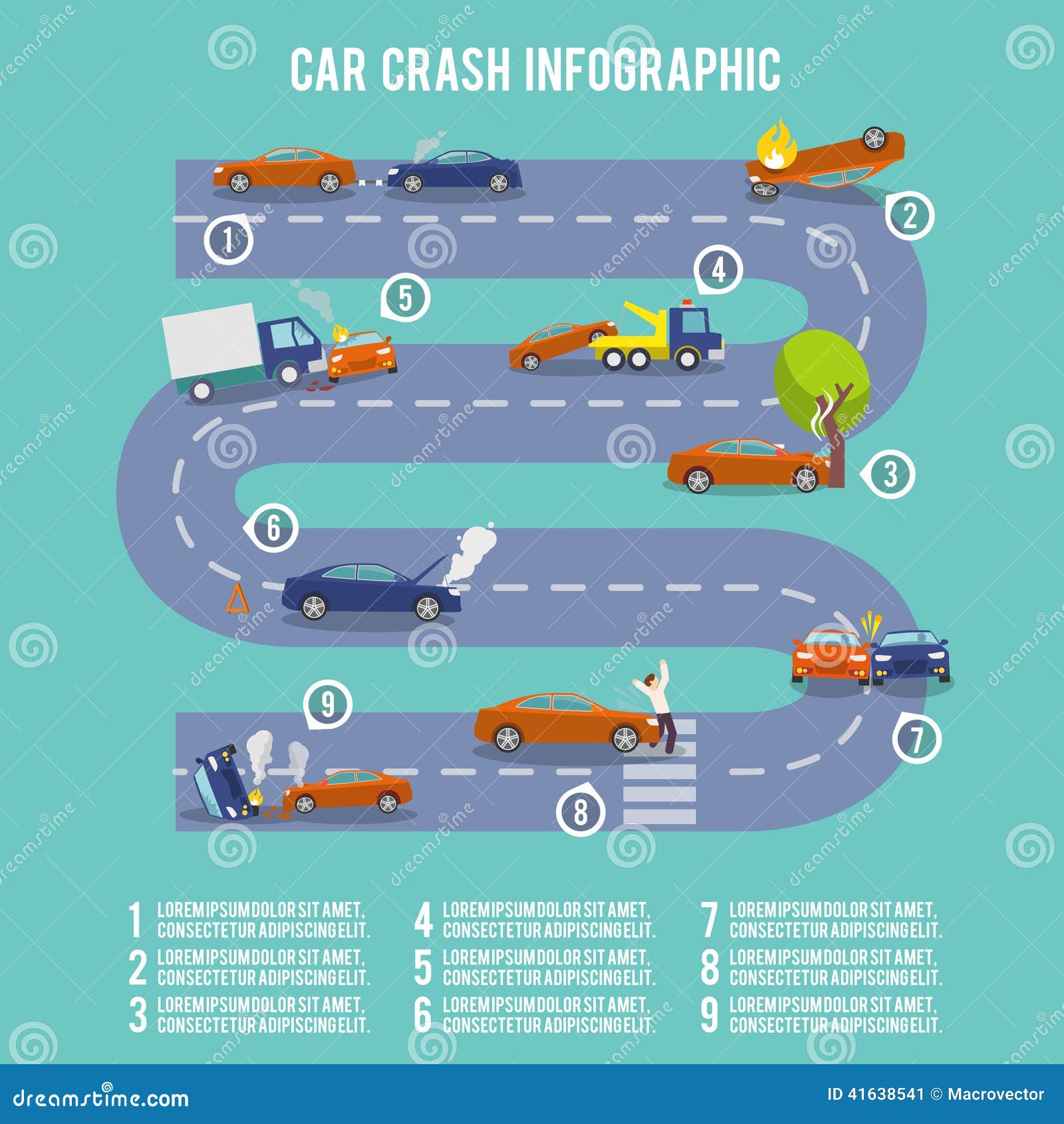Translating Your Car'S Alert Lights: Their True Ramifications
Translating Your Car'S Alert Lights: Their True Ramifications
Blog Article
Content By-Vinson Dalgaard
When you're behind the wheel, those glowing warning lights on your control panel can be a bit perplexing. Do you know what they're trying to inform you regarding your automobile's health? Comprehending the value of these lights is vital for your safety and security and the durability of your automobile. So, elegant auto detailing among those lights appears, wouldn't you want to analyze its message precisely and take the essential actions to resolve it?
Common Caution Lighting and Interpretations
Recognize usual warning lights in your cars and truck and comprehend their significances to make sure safe driving.
One of the most regular caution lights consist of the check engine light, which signals issues with the engine or emissions system. If this light comes on, it's important to have your lorry inspected immediately.
The oil pressure advising light suggests low oil stress, needing immediate focus to avoid engine damage.
A blinking battery light may recommend a defective charging system, possibly leaving you stranded otherwise addressed.
The tire pressure tracking system (TPMS) light informs you to reduced tire pressure, affecting car stability and fuel effectiveness. Neglecting this can lead to dangerous driving problems.
The ABS light shows a trouble with the anti-lock braking system, endangering your capacity to stop rapidly in emergencies.
Finally, the coolant temperature level cautioning light warns of engine getting too hot, which can cause serious damages if not solved swiftly.
Recognizing these typical caution lights will aid you deal with concerns promptly and maintain secure driving problems.
Significance of Prompt Interest
Understanding the usual warning lights in your auto is only the very first step; the significance of immediately addressing these cautions can not be stressed enough to ensure your security when traveling.
When a warning light illuminates on your dashboard, it's your car's means of communicating a possible problem that needs focus. Overlooking https://abc6onyourside.com/news/local/tuffy-tire-auto-service-center-westerville-ohio-baby-deer-fawn-mom-reunited-after-wandering-into-local-business-delaware-county-6-7-2022 can lead to more serious troubles down the road, endangering your safety and possibly costing you extra in repairs.
Trigger interest to cautioning lights can prevent break downs and mishaps. For example, a flashing check engine light might show a misfire that, if left unattended, can create damages to the catalytic converter. Resolving this without delay can save you from an expensive repair.
Similarly, a brake system cautioning light could signal reduced brake fluid or worn brake pads, important parts for your security when driving.
Do It Yourself Troubleshooting Tips
If you notice a caution light on your dashboard, there are a couple of DIY repairing tips you can attempt before looking for expert help.
The very first step is to consult your vehicle's manual to comprehend what the specific warning light indicates. In some cases the problem can be as easy as a loose gas cap triggering the check engine light. Tightening up the gas cap might solve the trouble.
Another typical problem is a reduced battery, which can activate different cautioning lights. Checking the battery connections for corrosion and guaranteeing they're safe may repair the problem.
If a caution light continues, you can try resetting it by disconnecting the auto's battery for a couple of minutes and afterwards reconnecting it. In addition, inspecting your vehicle's liquid levels, such as oil, coolant, and brake liquid, can help repair cautioning lights associated with these systems.
Conclusion
In conclusion, understanding your cars and truck's warning lights is essential for maintaining your lorry running smoothly and securely. By promptly attending to these alerts and understanding what they imply, you can stay clear of pricey repairs and possible break downs.
Remember to consult your auto's handbook for particular details on each cautioning light and take action accordingly to make sure a hassle-free driving experience.
Remain educated, stay safe when traveling!
